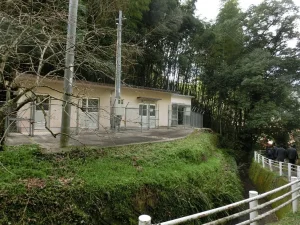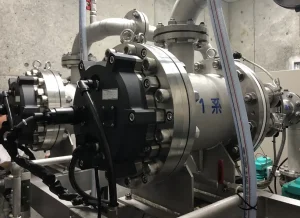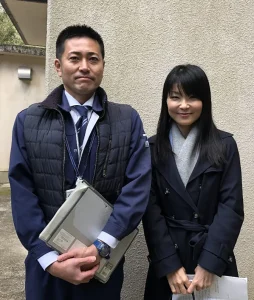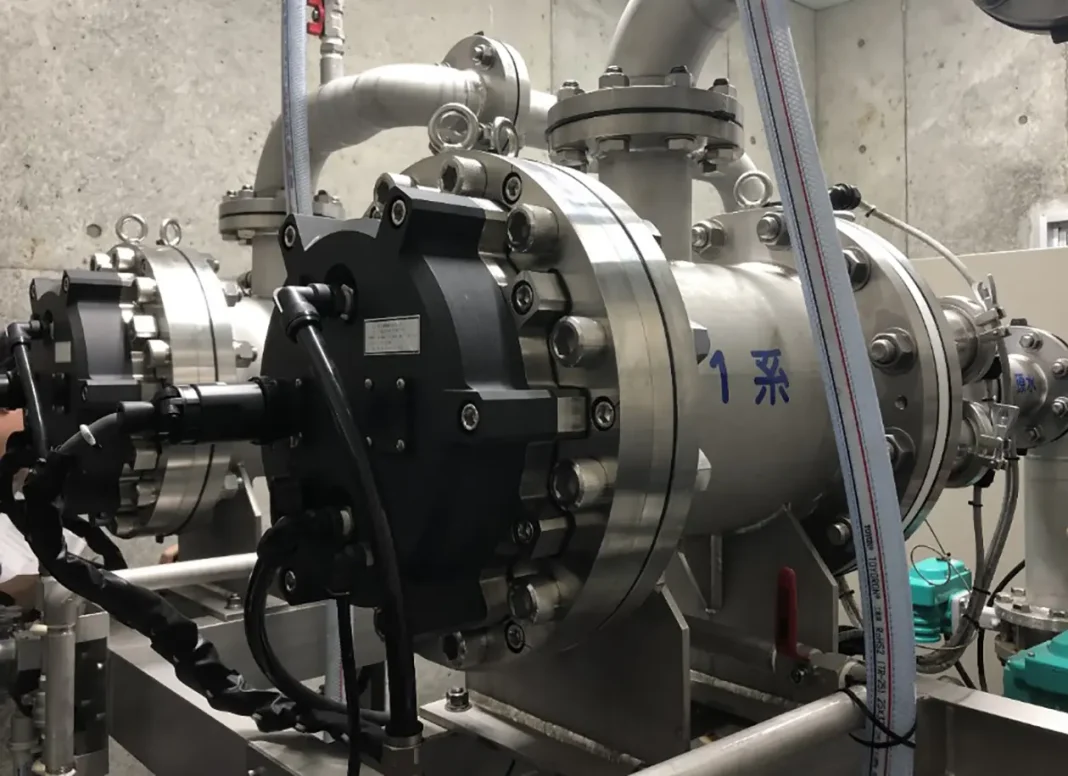Kumiko Oguma, associate professor, Department of Urban Engineering, University of Tokyo
In February 2019, a UV LED disinfection system started operation at a municipal water supply in Japan. The facility is located at Nagashima Town, Kagoshima Prefecture, Kyusyu-island in Japan. The Nagashima Town is on a beautiful island with fascinating scenery of sea and mountains. The total population of the town is 10,362 with the 99.3% coverage of water supply from five municipal water utilities (as of January 2019).

It was a great opportunity to visit the facility and see the UV LED system in operation (Figures 1 and 2). The facility has a treatment capacity of 250 m3 per day and is serving 1,122 people in a certain service area of the town. The treatment process flow is simple. Namely, the source water is taken from a deep well and flows into the UV LED system, followed by the post chlorination for residual chlorine and eventually pumped up to the storage tank at higher elevation for supply by gravity flow. Good source water quality, except for the concerns on microbial contamination, allows for a simple treatment process, having disinfection only.

The UV LED system consists of two equivalent UV LED units working one by one in turn. Having dual units in parallel and operating one by one seems meaningful not only as a backup at failures but also for the flexible layout of units in a limited space and for the extended lifetime of the UV LEDs by intermittent operation.
The unit has a sensor for UV intensity, and the readings are monitored continuously. The unit also has an ultra-sonication system to minimize scaling and deposits on the quartz window.

An interview was conducted with Mr. Miyauchi, the chief officer at the water division of Nagashima Town local government (Figure 3). Operators detected Giardia in the source water in 2017 and had to stop source water intake for a period of time. Upon this event, the town was supposed to follow the guideline on the measures against Cryptosporidium and Giardia in Japan (Ministry of Health, Labor and Welfare) requiring stringent turbidity control at the outlet of the filtration pond or UV disinfection.
To follow this guideline, the town made comprehensive comparison of three treatment options: rapid sand filtration, membrane filtration and UV disinfection. Based on various factors, including cost efficiencies and operation and maintenance issues, eventually it was decided to install UV disinfection. More interestingly, the next step was to compare conventional mercury UV lamp reactors with UV LED systems. In this comparison between a conventional UV reactor and UV LED system, multiple factors were considered, including the total cost in the long term (15 years), limited space availability at the facility of issue and anticipated positive factors of UV LED, such as lifetime extension and cost reduction in the future. Finally, the decision was made to select UV LED.
Currently, an operator visits the facility once a day to see if the system is working as designed, and a remote monitoring system also is in place to detect any critical errors. Since operation started in February 2019, no notable trouble has occurred.
Special thanks to Nagashima Town, Metawater Corporation and Japan Society on Water Environment. This article serves as follow-up to an earlier article published in Quarter 2 of UV Solutions, “Deep UV LED System Developed for Municipal Drinking Water Treatment.” For more information or to view the previous article, visit www.uvsolutionsmag.com.
Contact: Kumiko Oguma, oguma@env.t.u-tokyo.ac.jp






